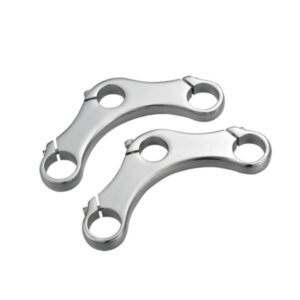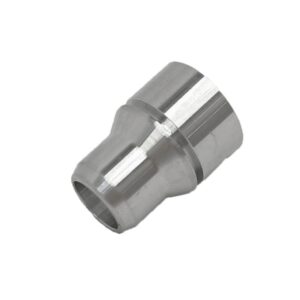What is aluminum extrusion?
Aluminum extrusion is a widely used manufacturing process for producing high-quality and cost-effective metal products. In this process, raw aluminum material is forced through a die, creating long, uniform and continuous profiles with a cross-sectional shape determined by the die. This process is utilized in a variety of industries such as construction, automotive, and electronics.
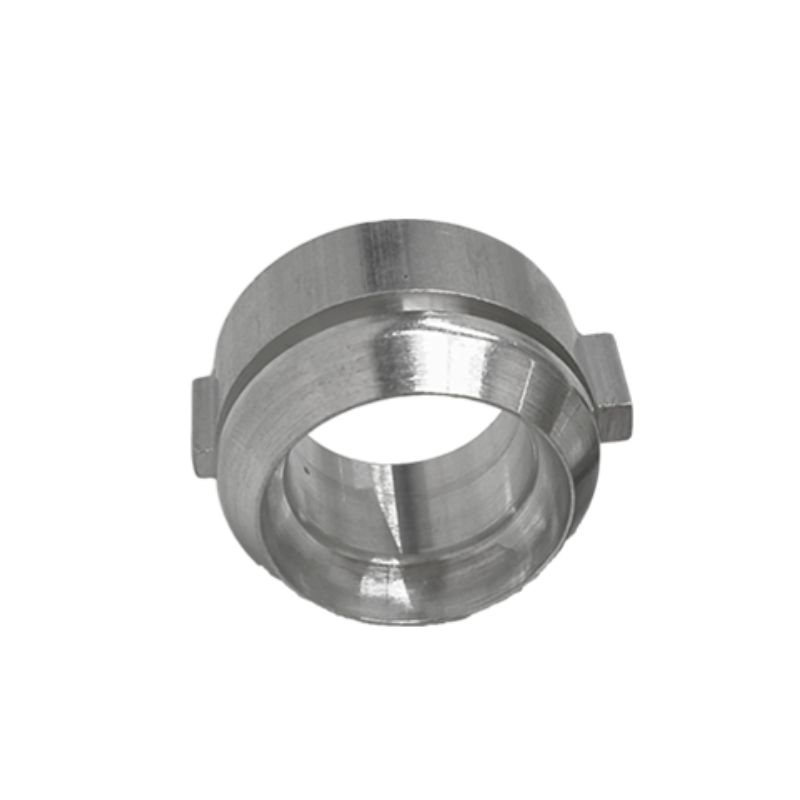
MINGYU Tech is a leading forging industry player with 17 years of expertise, precision and quality are our top priorities. With our state-of-the-art facilities and experienced team, we offer customizable solutions to meet the specific needs of our clients.
In this article, we will delve into the basics and configuration of aluminum extrusion, including the process, types of extrusion, and its various applications.
The Process of Aluminum Extrusion:
◆ The process of aluminum extrusion involves forcing heated aluminum alloy through a shaped opening in a die, creating a continuous length of the desired shape. The die can be designed with any type of cross-section, such as solid, hollow, or semi-hollow profiles. The die is made up of two halves, the stationary one attached to the press and the other movable, which is pushed against the stationary half to shape the aluminum as it passes through.
◆ The aluminum alloys used in extrusion are typically a blend of aluminum with other elements, such as copper, zinc, magnesium, and silicon, to enhance the material’s strength, durability, and corrosion resistance. The extrusion process starts with loading the raw material, mostly in the form of a cylindrical billet, into the extrusion press. The billet is then heated to a specific temperature, depending on the alloy, to soften it and make it more malleable for the extrusion process.
◆ Once heated, the billet is pushed by a ram through the die, which is at the other end of the press. The die shapes the aluminum as it is forced through, creating a continuous profile. The speed at which the billet is pushed through the die, also known as the extrusion speed, is critical in maintaining the quality and precision of the extruded product. After it emerges from the die, the extruded aluminum is cooled, straightened, and cut into the desired length.
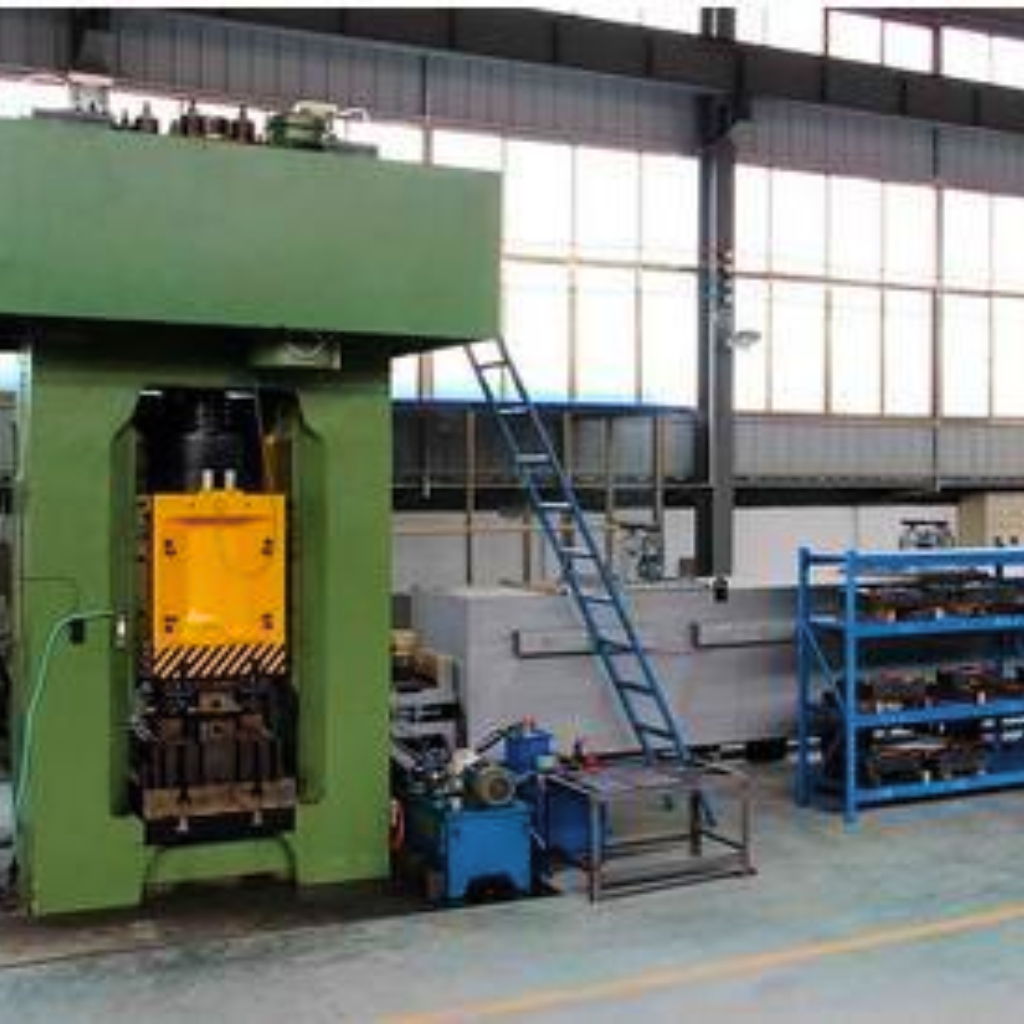
Types of Extrusion:
There are two main types of aluminum extrusion processes – hot and cold extrusion, depending on the temperature at which the alloy is extruded.
PartⅠ: Hot extrusion
Hot extrusion is the most commonly used method in which the aluminum alloys are heated to a temperature between 350°C to 500°C to enhance their plasticity. This process is suitable for softer and more malleable alloys such as 6000 and 1000 series and can be used to create intricate and complex shapes. Hot extrusion results in a smooth, glossy finish, making it ideal for high-quality consumer products.
PartⅡ: Cold extrusion
Cold extrusion, on the other hand, involves extruding the aluminum alloys at room temperature or slightly above. This process is preferred for harder alloys, such as 2000, 4000, and 7000 series, as they have lower plasticity and can be difficult to extrude at higher temperatures. Cold extrusion is ideal for producing simple, basic shapes such as rods, tubes, and wires.

Configuration of Aluminum Extrusion:
Aluminum extrusion can be customized and tailored to meet specific design requirements, thanks to its flexibility and versatility. The configuration of the die plays a crucial role in determining the shape, size, and design of the extruded product. The configuration of a die is determined by several factors, including the shape of the cross-section, the complexity of the profile, the required precision, and the extrusion speed.
Solid cross-section:
The most straightforward extruded shape is a solid profile, which is used to create simple products such as rods, bars, and tubes. The die for solid profiles consists of a single opening with the desired shape of the cross-section. Solid profiles are ideal for creating lightweight but sturdy products and can be used in various industries, including construction, automotive, and aerospace.
Hollow cross-section:
Hollow cross-sections are widely used in extrusion to create more complex shapes and products, such as pipes, frames, and structural members. These profiles have a hollow interior, which makes them lightweight while retaining their strength. The die for hollow cross-sections consists of two or more openings in the desired shape, which are then pressed together to form the desired profile.
Semi-hollow cross-section:
Semi-hollow profiles are a combination of solid and hollow profiles, whereby the interior has both solid and hollow sections. This type of extrusion is used to create products with both structural strength and weight-saving properties. The die for semi-hollow profiles has a combination of solid and hollow openings, allowing for intricate designs and shapes to be created.

Alloy composition:
The most commonly used alloys for extrusion are 6061, 6063, and 6005. These alloys are heat-treatable and have excellent strength-to-weight ratios, making them suitable for structural applications. Other alloys such as 3003 and 1100 are also used for non-structural and decorative purposes due to their high corrosion resistance.
The extrusion shape:
The extrusion shape is determined by the design of the die. The die is a custom-made steel tool with a specific cross-sectional shape. The extrusion process involves heating the aluminum billet to a temperature between 450-500°C and pushing it through the die with a ram at a high pressure. This results in the desired shape of the extruded profile. The most commonly used shapes are T-shape, I-beam, H-shape, L-shape, and other custom-designed shapes to suit the application.
Surface treatment:
Surface treatment is a crucial step in the extrusion process. It enhances the durability, appearance, and functionality of the extruded product, making it ready for its intended application. Anodizing, powder coating, and painting are the most commonly used surface treatments for aluminum extrusion. Anodizing is an electrolytic process that creates a hard, protective layer on the surface of the extruded product, providing excellent corrosion and wear resistance. Powder coating and painting add color, and an additional layer of protection to the surface of the profile, making it suitable for exterior and interior applications.
Tolerance:
It refers to the acceptable amount of variation in dimensions and surface characteristics of an extruded profile. Tolerance is essential for ensuring that the extruded product is accurately dimensioned and that it performs as intended. The tolerance levels are based on the requirements of the intended application and are closely monitored throughout the extrusion process.
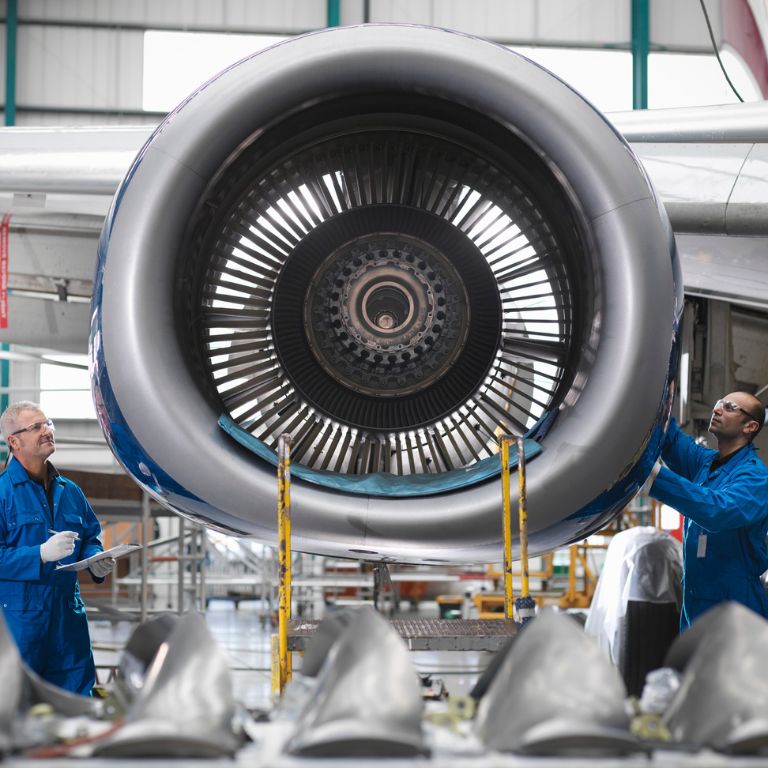
Applications of Aluminum Extrusion:
The versatility and flexibility of aluminum extrusion make it suitable for a wide range of applications across various industries.
Construction: Extruded aluminum is widely used in the construction industry to create structural components such as curtain walls, windows, doors, and frames. The lightweight nature and corrosion resistance of aluminum make it an ideal material for these applications.
Automotive: The automotive industry uses extruded aluminum for various components, including body frames, engine parts, and structural components. The use of extruded aluminum in the automotive industry not only reduces the weight of vehicles, making them more fuel-efficient but also improves their performance.
Consumer Products: The smooth finish and high-quality appearance of extruded aluminum make it perfect for consumer products such as furniture, lighting fixtures, appliances, and electronics. The corrosion resistance of aluminum also makes it ideal for outdoor furniture and accessories.
Aluminum extrusion is a highly versatile and efficient manufacturing process that offers numerous advantages over other manufacturing methods. Its ability to create custom and intricate designs, coupled with its lightweight, strength, and corrosion resistance, have made it a popular choice in various industries.At MINGYU Tech, we take great pride in our expertise in aluminum extrusion and are committed to delivering customized solutions that meet the specific needs of our clients.
Tags:


